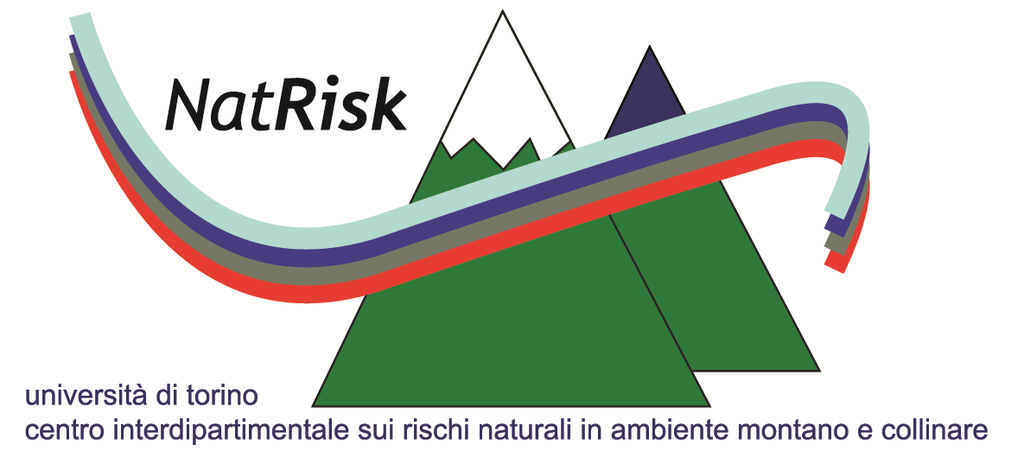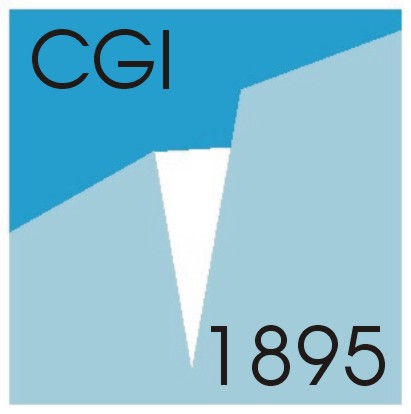You are here
Estimate of surface direct radiative forcing of desert dust from atmospheric modulation of the aerosol optical depth
| Title | Estimate of surface direct radiative forcing of desert dust from atmospheric modulation of the aerosol optical depth |
| Publication Type | Journal Article |
| Year of Publication | 2013 |
| Authors | di Sarra A, Fuà D, Meloni D |
| Journal | Atmospheric Chemistry and Physics Discussions |
| Volume | 13 |
| Pagination | 527-548 |
| Abstract | Measurements carried out on the island of Lampedusa, in the central Mediterranean, on 7 September 2005, show the occurrence of a quasi periodic oscillation of aerosol optical depth, column water vapour, and surface irradiance in different spectral bands. The oscillation has a period of about 13 min and is attributed to the propagation of a gravity wave able to modify the vertical structure of the planetary boundary layer. The wave occurred during an event of Saharan dust at Lampedusa. The oscillation amplitude is about 0.1 for the aerosol optical depth, and about 0.4 cm for the column water vapour. The modulation of the downward surface irradiances is in opposition of phase with respect to aerosol optical depth and water vapour column variations. The perturbation to the downward irradiance produced by the aerosols is determined by comparing the measured irradiances with estimated irradiances at a fixed value of the aerosol optical depth, and by correcting for the effect of the water vapour in the shortwave spectral range. The direct radiative forcing efficiency, i.e. the radiative perturbation to the net surface irradiance produced by a unit optical depth aerosol layer, is determined at different solar zenith angles as the slope of the irradiance perturbation versus the aerosol optical depth. The estimated direct surface forcing efficiency at 60° solar zenith angle is −(181 ± 17) Wm-2 in the shortwave, and −(83 ± 7) Wm-2 in the photosynthetic spectral range. The estimated daily average forcing efficiencies are of about −79 and −46 W m−2 for the shortwave and photosynthetic spectral range, respectively. |
| URL | http://www.atmos-chem-phys.net/13/5647/2013/acp-13-5647-2013.html |
| DOI | 10.5194/acp-13-5647-2013 |
- Log in to post comments
- Google Scholar
- DOI
- BibTeX
- RTF
- Tagged
- EndNote XML




























